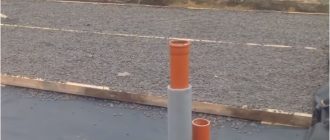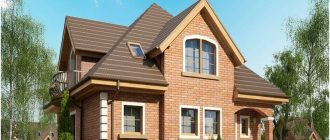The construction of supporting structures involves the use of reliable materials. It is to this list belong steel channel bars having a U-shape. In the manufacture of profiles, various technologies are used and different types of steel are used. They classify the material according to several characteristics, and their ratio determines such a thing as a range of channel bars. This article is dedicated to this topic.

What is channel: features and advantages of the product
The channel is a metal-rolling profile with P-shaped cross section. It is made from several types of steel, including stainless steel. That is why the characteristics of the range of channels include not only mass, size, but also the material, as well as production technology. They are made by cold-rolled or hot-rolled method.
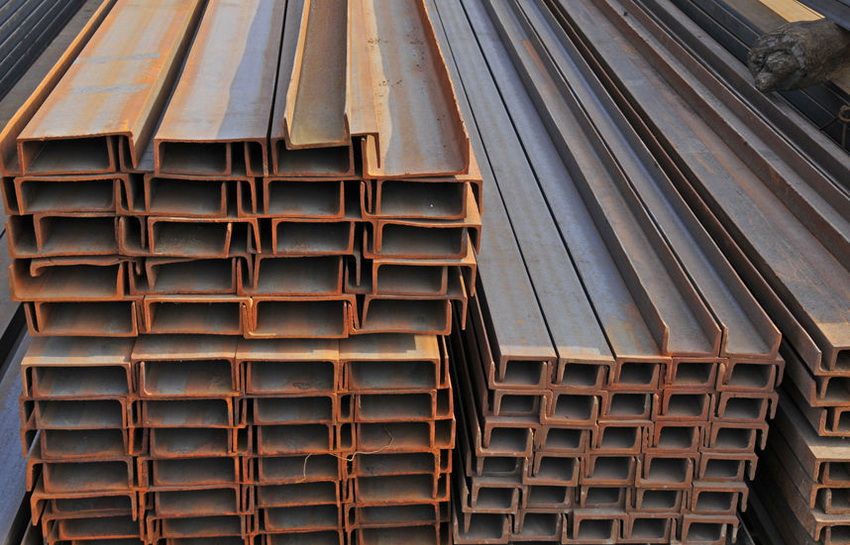
U-shaped profiles have design features. Most types of channels with parallel edges of the shelves, but there are those where the faces do not have a parallel arrangement with respect to each other, but are made with a certain slope. The main feature of the range of U-shaped profiles is high rigidity with low weight, which leads to widespread use of the material in the construction of structures with high loads.
Due to the superior quality, the channel bars have a number of advantages, including:
- high degree of strength;
- excellent resistance to bending loads;
- the ability to withstand loads of different directions, such as compression or rupture;
- resistance to shock loads that can lead to damage to the finished structure of a mechanical nature.
High-quality steel channels made of high-strength steel, produced in accordance with the requirements of GOST, have virtually no weaknesses that can provoke destruction of a different type and character.
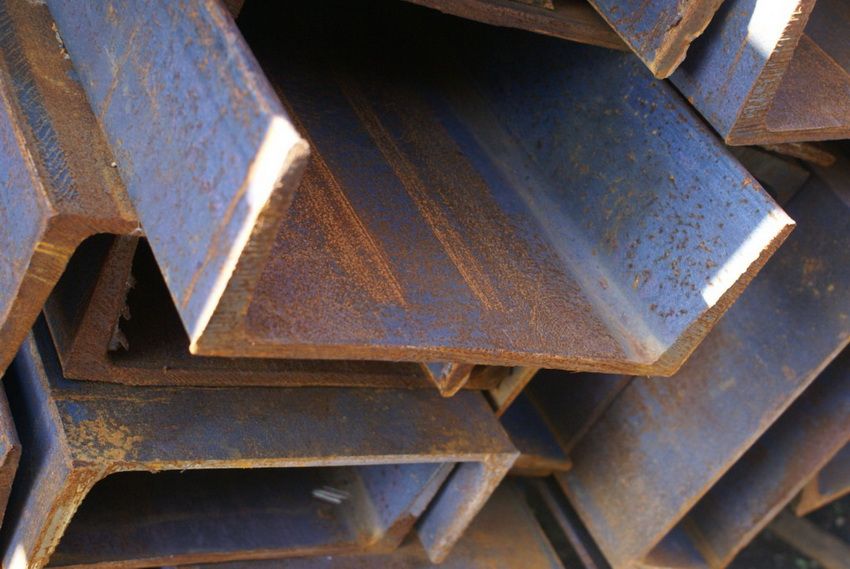
All of these advantages suggest their widespread use in various areas of production and construction, including the automotive industry. This is a necessary component in the manufacture of trucks. Channels play the reinforcing role in supporting structures.
In large-scale construction, these products are indispensable as transverse supports and ceilings between floors. Also the profile with u-shaped section is used as the main material in the construction of frame structures, installation of ramps. It is steel channel-shaped beams that withstand high lateral or axial load and can several times, when compared with material from wood, increase the strength of the overlap. This is especially true in the construction of floors with large spans.
Helpful advice! The main condition for the correct choice of material is its compliance with the requirements of the State Standard, which are indicated in special tables of channels. Their use will greatly simplify the solution of the task.
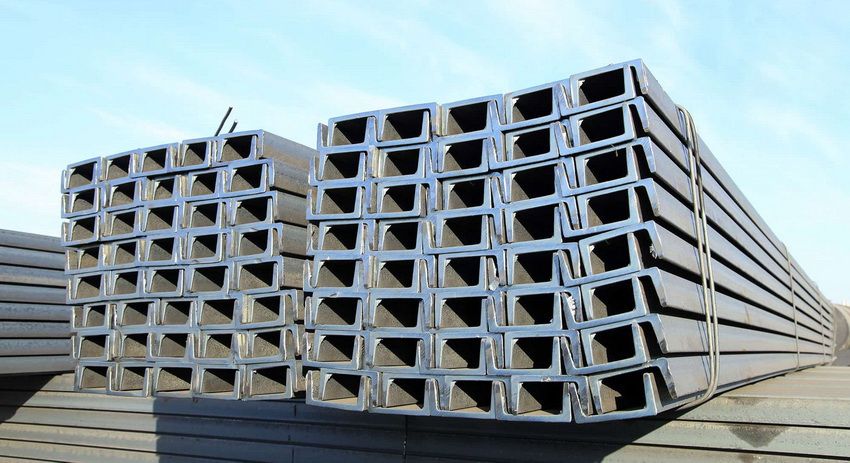
In addition to mechanical engineering and framing, channels as an additional material are also used in other types of transport production, for example, in crane and car building, where they serve as frames and skeletons. Can also be used in the process of reinforcement of reinforced concrete structures.
The channel is made of ordinary hot-rolled and cold-rolled steel with high carbon content or high-quality carbon, stainless or low-alloy steel.
The main classification is based on the channel production method. Based on this principle, the products are divided into the following types:
- made of hot rolled steel;
- steel special;
- steel ravnopolochny, made in the bent way;
- steel bent with unequal shelves.
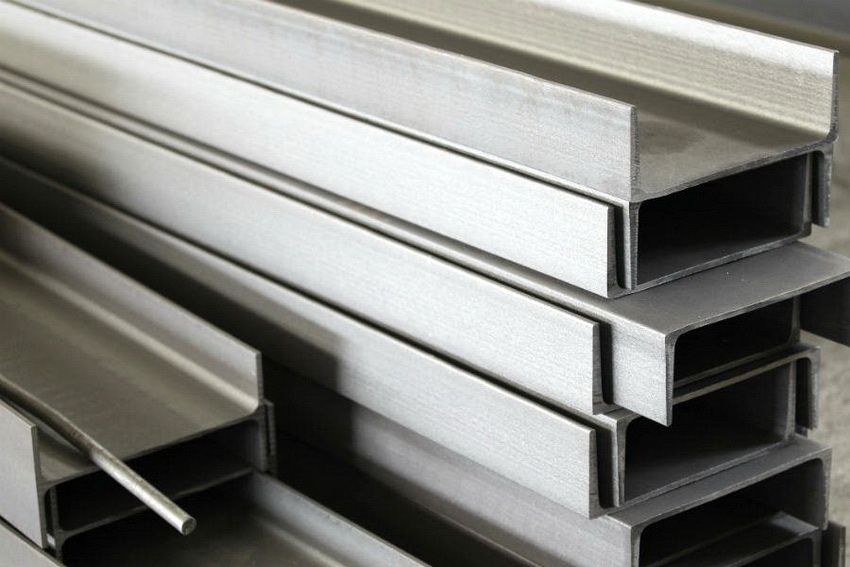
Channels are also divided according to the application. At the same time distinguish:
- the usual profile, which has a wide scope of use, meets the requirements of GOST 8240-89;
- special channel, which is used in the engineering industry, the range is determined according to GOST 19425-74;
- a special profile used in car building corresponds to GOST 5267.1-90.
Hot-rolled steel profile, corresponding to GOST 535-88, is divided into the subspecies:
- Channels with shelves that have faces dodging. They are distinguished depending on the size, which vary from 5 to 40 mm.
- Channel, in which the edges of the shelves differ in parallel structure, or U-shaped channel, having the following designations: 5P or 16a P, etc. – up to 40P. Marking is as follows – channel 18P.
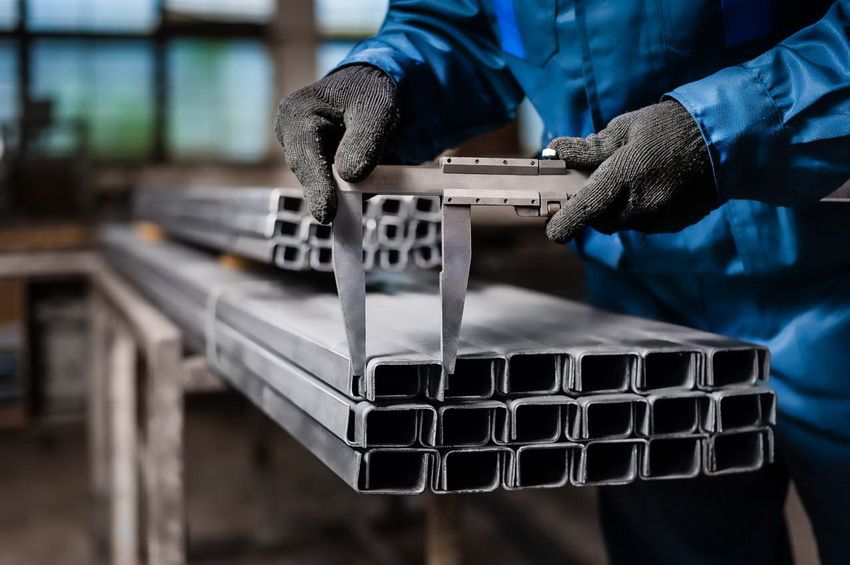
If we take into account the size, the channels are measured and unmeasured length. Dimensional rental corresponds to the indicators of 11.7 m or 12 m. Non-dimensional products are produced in sizes from 3 m and above. But the maximum length of any channel is 12 m. That is why the length of the material is often not indicated in the table of the assortment of channels.
In turn, a bent channel of steel is classified according to the following criteria:
- ravnopolochny;
- unequal.
Equal bent profiles correspond to GOST 8278-93, they are made on tube mills. As raw materials in their production serves rolled steel of usual quality and carbonaceous constructional steel. Shelves in this type of channel have a height of from 50 to 400 mm. Width of a product fluctuates from 32 to 115 mm.
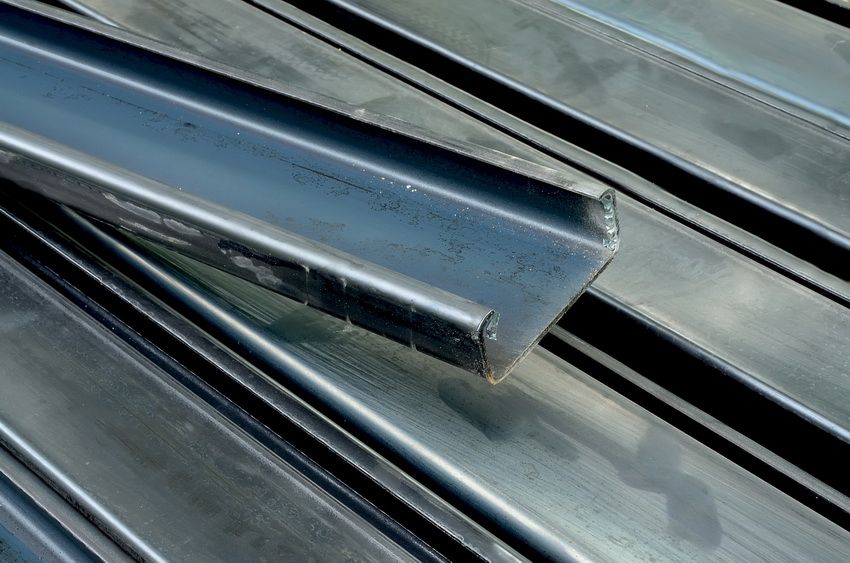
Unequal channel bars are produced on profile-bending machines. Raw materials – rolled cold-rolled and hot-rolled steel of ordinary or high quality according to GOST 8281-80. They are also classified by numbers corresponding to the distance (in millimeters) between the shelves. Varieties of length are the same as that of equal-shelf channels.
The accuracy of rolling in a curved profile corresponds to the following channel marking:
- A – high accuracy;
- B – increased accuracy;
- In – the usual accuracy.
Helpful advice! The accuracy of rolling indicates the quality level of any bent channel (both unequal and equal). On the high quality characteristics say markings A and B.

Bent channels are divided in form. The designation of the channel letter “U” indicates that the inner edges of the shelves have a slope. Marking “P” speaks about the parallelism of faces, “L” – about a light series of profiles with parallel edges of the shelves. The letter “C” is used to designate a special channel.
The range implies different characteristics of channels. In particular, are taken into account:
- the slope of the inner faces;
- wall and shelf thickness;
- radius of curvature inside the channel;
- width;
- cross sectional area;
- weight of channel and running meter.
- steel grade, on which virtually all physical and mechanical qualities (hardness, resistance to stress and corrosion) depend.
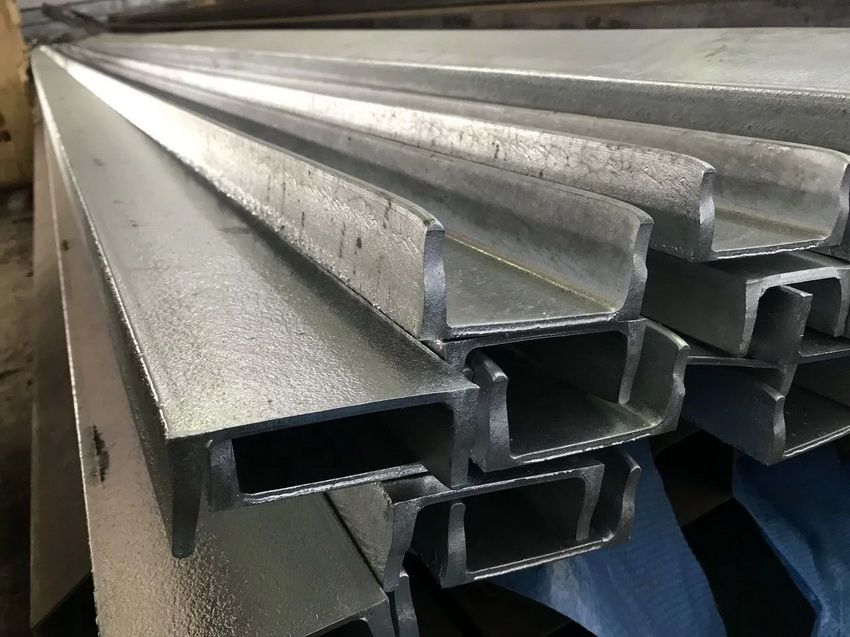
A wide range of such profiles has led to the development of a large number of GOST and other technical standards. The main condition for high quality is precisely the compliance of channels with these regulations.
Among the existing standards approved by Gosstandart, the following should be mentioned:
- GOST 8240-97. All channels produced from steel by hot-rolled method correspond to it.
- GOST 19425-74. According to this regulation, I-beams and special channels are produced.
- GOST 8278-83. Bent channel, range includes requirements for equal-shelf profiles.
- GOST 8281-80. These are bent products with unequal shelves.
- GOST 5422-73. The channels from hot-rolled steel made especially for tractors.
- GOST 5267.0-90. Hot rolled U-shaped metal for car building.
- GOST 21026-75. Steel profiles produced by hot-rolled method with a bent shelf for trolleys.
According to one GOST, a channel produces various types of metal-roll. For example, a hot-rolled profile with a slope of the edges of the shelves from 4 to 10%, is manufactured according to GOST 8240-97. To distinguish it is marked with the letter “Y” and the corresponding number indicating the distance from the shelf to the shelf. For the same GOST manufactured and channel, having parallel edges.
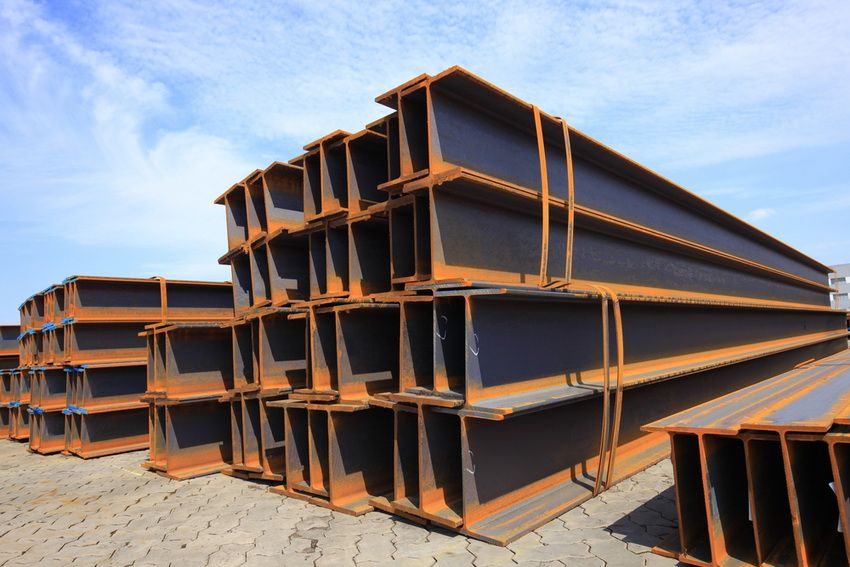
To distinguish the types and subspecies of channels use not only the designations of GOST, but also marking with letters and numbers, which is called the marking of metal. This is primarily due to a wide range of sizes, different cross-sectional area and, accordingly, the channel mass.
Another type of channels is characterized by parallel edges of the shelves, they are made according to GOST 26020. The height of such products ranges from 100 to 1000 mm, and the width of the shelves can vary from 55 to 400 mm. Such n-shaped beams are divided into normal, column or products with wide shelves.
When choosing a material for construction, it is important to take into account standard sizes, which imply a range of rolled metal products. Based on the requirements of Gosstandart, the design process is greatly simplified, since, by performing calculations, you can determine the exact number of channels needed, calculate the allowable load and save on the purchase of excess materials.
